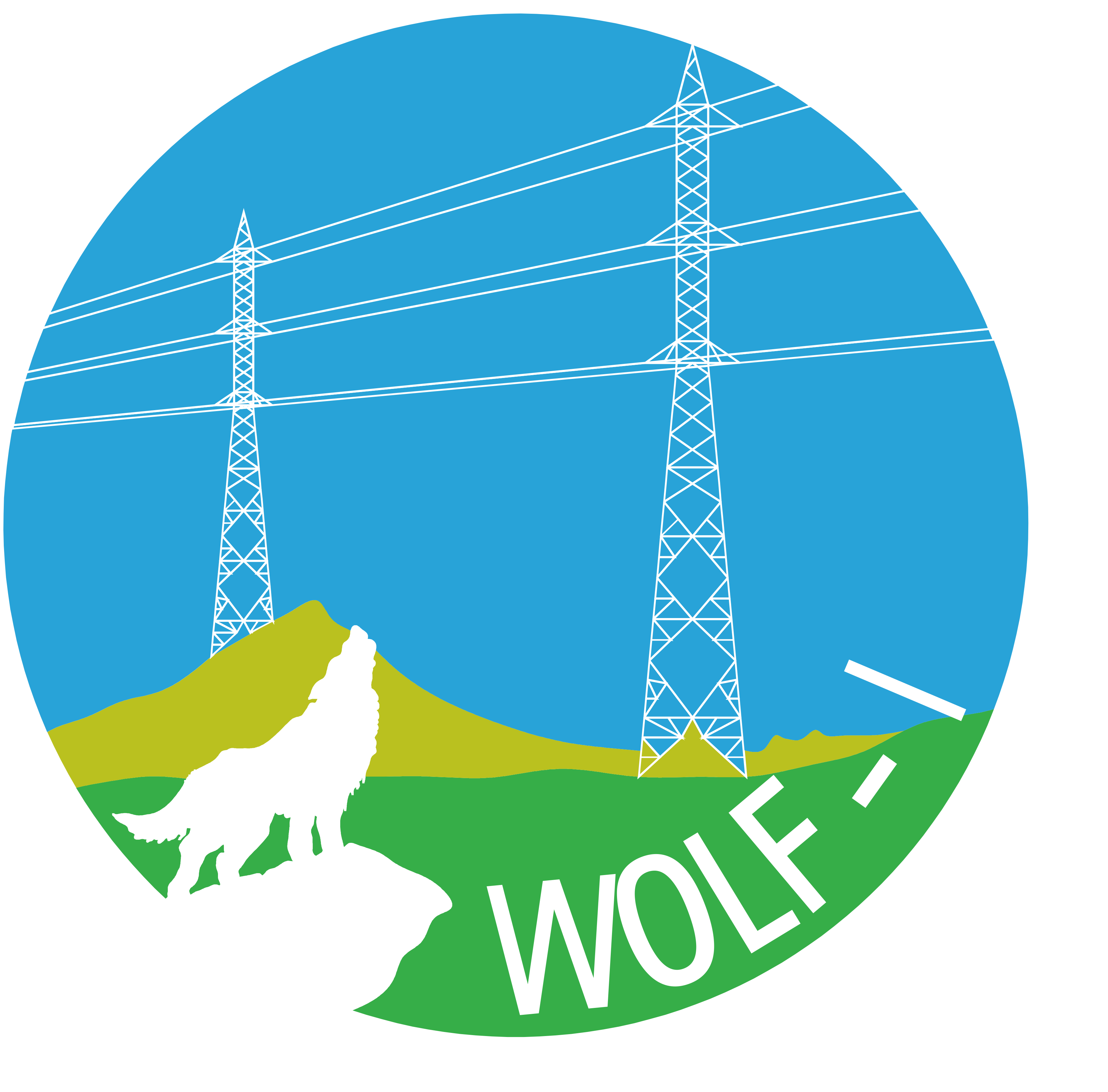Generator represented by the classical linear model
This post follows the method proposed in “Power System Stability and Control” by Prabha S. Kundur and Om P. Malik.
In p.u. We are looking for a representation :
\[\Delta \dot{x}_i = A_i \Delta x_i + B_i \Delta v\] \[\Delta i_i = C_i \Delta x_i + D_i \Delta v\]- Where : \(\Delta v = \begin{bmatrix}\Delta v_{d} \\\Delta v_{q} \end{bmatrix}\) ; \(\Delta i_i = \begin{bmatrix}\Delta i_{d} \\\Delta i_{q} \end{bmatrix}\) . In order to obtain the state-space representation matrices \(A_i\) , \(B_i\) , \(C_i\) and \(D_i\) , we consider the stator voltage equations and the equations of motion.
The stator voltage equations
\[v_d= -\psi_q -R_a i_d\] \[v_q = \psi_d -R_a i_q\]- Where \(\psi_d = -L_di_d + L_{ad} i_{fd}\) and \(\psi_q = -L_q i_q\) .
- If we linearize the equations, considering \(i_d\) and \(i_q\) as the only inputs ( \(i_{fd} = cte \rightarrow \Delta i_{fd} = 0\) ):
- Considering \(L_d = L_q \rightarrow \begin{bmatrix}\Delta v_{d} \\\Delta v_{q} \end{bmatrix} = \begin{bmatrix}-R_a && L\\\ -L && -R_a\end{bmatrix}\begin{bmatrix}\Delta i_{d} \\\Delta i_{q} \end{bmatrix}\)
- \(\rightarrow \begin{bmatrix}\Delta i_{d} \\\Delta i_{q} \end{bmatrix} = \begin{bmatrix}-R_a && L \\\ -L && -R_a\end{bmatrix}^{-1} \begin{bmatrix}\Delta v_{d} \\\Delta v_{q} \end{bmatrix}\)
- Hence :
The equations of motion
- \(\Delta \delta = \frac {1}{\omega_0} \frac{d \Delta \delta}{dt}\)
The swing equation: \(T_a = T_m - T_e\)
- It is often desirable to include a component of damping torque \(K_D\) , not accounted for the calculation of \(T_e\) , separately.
- If we linearize the previous equation : \(\frac{d \Delta \omega_r}{dt} =\frac {1}{2H}[\Delta T_m - \Delta T_e - K_D \Delta \omega_r]\)
- \(\Delta T_m = 0\) : as we consider as inputs \(i_d\) and \(i_q\) .
- Air-gap torque : \(T_e = \psi_d i_q - \psi_q i_d = (-L_di_d + L_{ad} i_{fd})i_q - L_q i_q i_d\)
- If \(L_d = L_q\) and \(L_{ad} i_{fd} = e_0 \rightarrow T_e = e_0 i_q \rightarrow \Delta T_e = e_0 \Delta i_q\)
-
We arrange the equations in the form of matrices and we get :
\[\begin{bmatrix}\Delta \dot\omega_r \\ \Delta \dot\delta \end{bmatrix} = \begin{bmatrix} \frac {- K_D}{2H} && 0 \\\ \omega_0 && 0\end{bmatrix}\begin{bmatrix}\Delta \omega_r \\ \Delta \delta \end{bmatrix} + \begin{bmatrix} 0 && -\frac{e_{0}}{2H} \\\ 0 && 0\end{bmatrix} \begin{bmatrix}\Delta i_{d} \\\Delta i_{q} \end{bmatrix}\] - Taking into account the stator voltage equations : \(\Delta i_i = C_i \Delta x_i + D_i \Delta v\)
